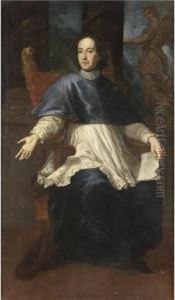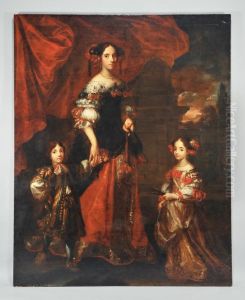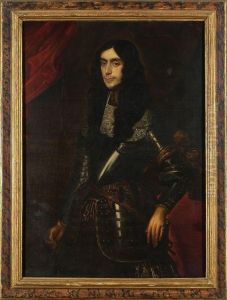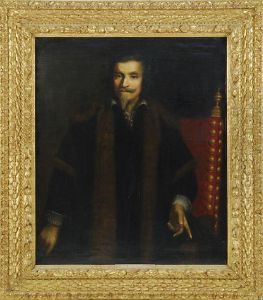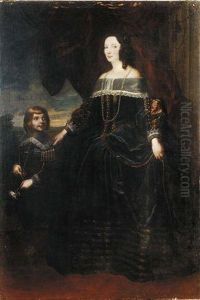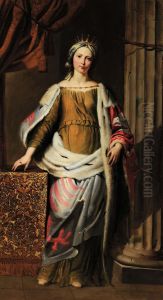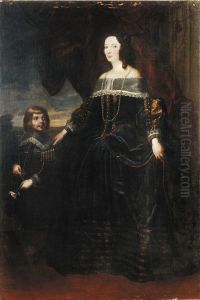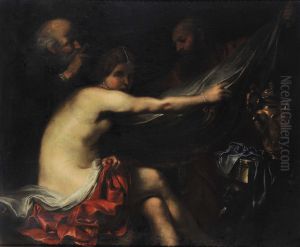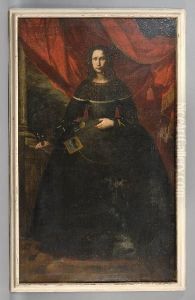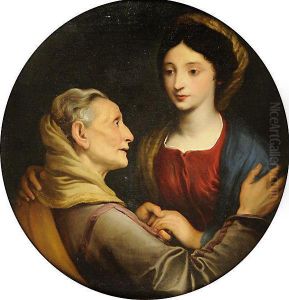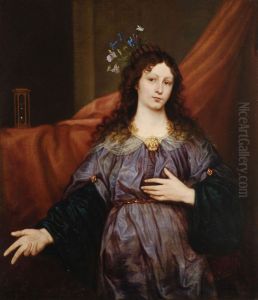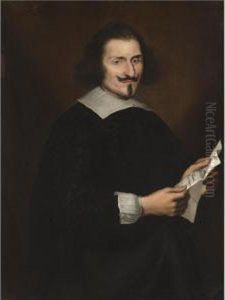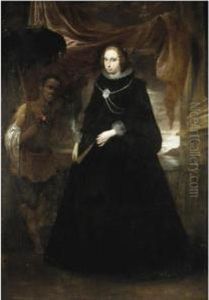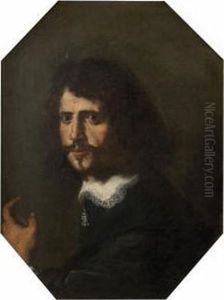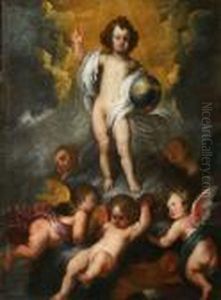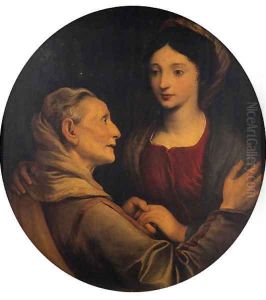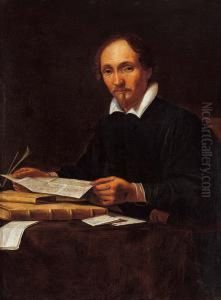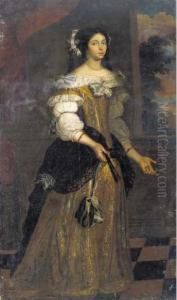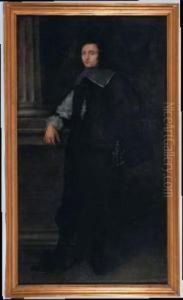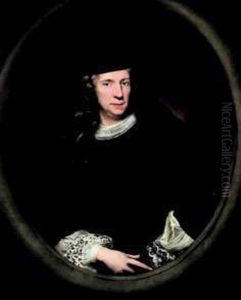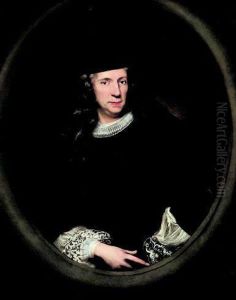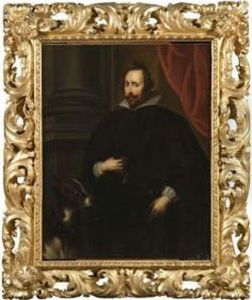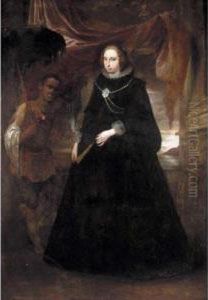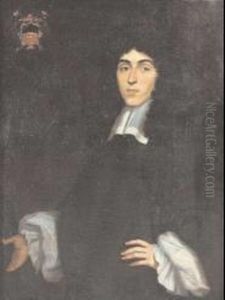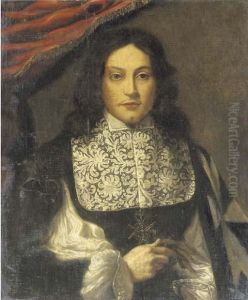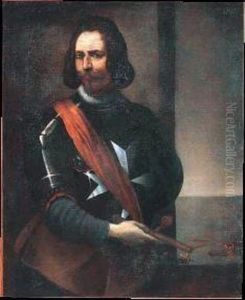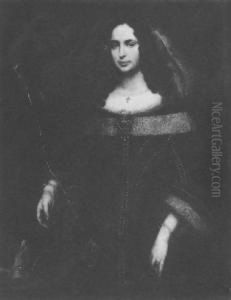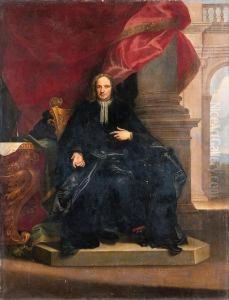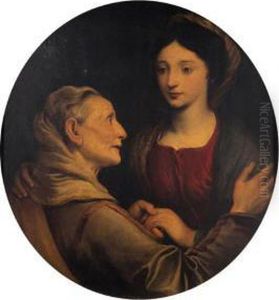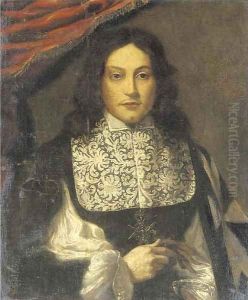Giovanni Bernardo Carbone Paintings
Giovanni Bernardo Carbone was an Italian painter of the Baroque period, born in 1614 in Genoa, Italy. He was a prominent figure in the Genoese art scene and is known for his religious works, portraits, and allegorical compositions. Carbone was initially influenced by the naturalism of Caravaggio and the Genoese school, which included artists like Giovanni Benedetto Castiglione and Sinibaldo Scorza.
Carbone's early training is not well-documented, but he is believed to have studied under local painters in Genoa before embarking on a career that saw him working for various religious institutions and private clients. His style evolved over time, incorporating elements from the Bolognese and Roman schools, as he was exposed to the works of Guido Reni and Guercino, among others.
One of Carbone's significant contributions to the art world was his role as a teacher. He instructed many students who would go on to become important artists in their own right, helping to disseminate his style and techniques throughout the region. His work was characterized by a strong sense of drama, a keen ability to depict emotion, and a mastery of chiaroscuro—a technique that uses strong contrasts between light and shadow to achieve a sense of volume in modeling three-dimensional objects and figures.
Despite his success and influence during his lifetime, Giovanni Bernardo Carbone's work was somewhat overshadowed by other Baroque masters after his death in 1683. Nevertheless, he remains an important figure in the history of Genoese painting, and his works can be found in various Italian churches and collections. His legacy continues to be appreciated by art historians and enthusiasts who recognize his contributions to the development of Baroque art in Italy.
